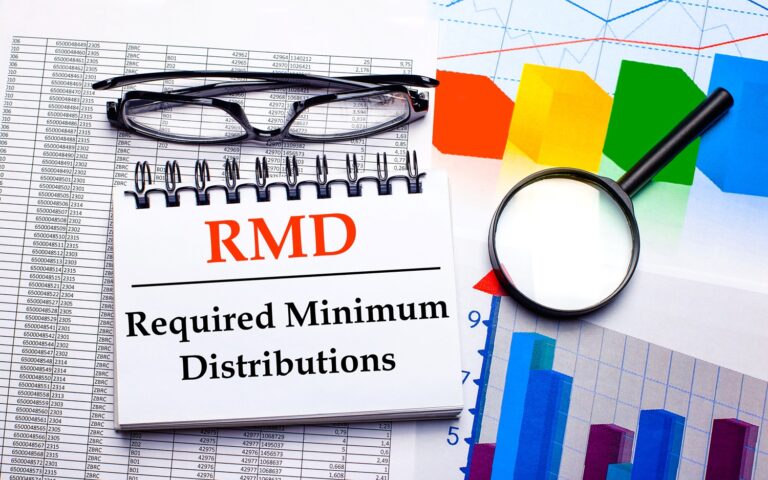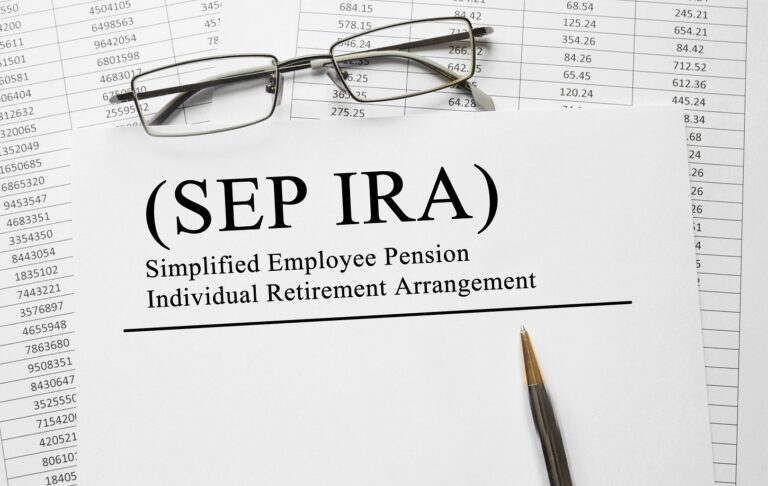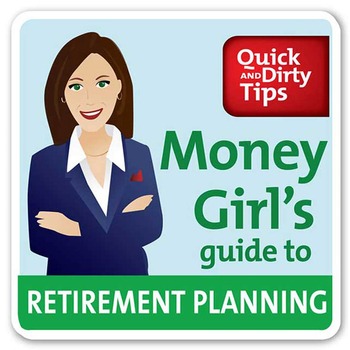
Money Girl
From credit, to taxes, to retirement, to insurance – Money Girl makes money simple so you rule your finances, pay down your debt, make smart investment decisions, and have a richer life.
Listen Now
More From Money Girl
In addition to being a beautiful time of year, spring is often a popular time to purchase a vehicle, especially this year. Research from Cox Automotiv...
Today’s topic comes from Natalie W., who asks a common homeowner question: “I took out a 30-year mortgage for $773,000 at 7.18% interest t...
Understanding impulse spending No matter how frugal or good you are at sticking to a budget, no one is immune from impulse spending from time to time....
Since we’re approaching the end of 2024, I’ll review the show’s top five most downloaded episodes. This post will be a quick and dir...
Laura reviews seven changes to various tax-advantaged accounts starting in 2025 that can help you pay less tax and save more money....
If you want to become wealthy, an essential habit you should create is regularly investing a portion of your income in a tax-advantaged retirement acc...
Being a homeowner has its pros and cons. It can help or hurt your finances depending on your location, mortgage debt, property taxes, insurability, an...
A listener named Wasittha asked me the following question: “I’ve been trying to max out my IRA and 401(k). However, I’ll be unemployed n...
If you’re a homeowner or want to be one someday, there will likely be a time you want or need to sell your real estate. So, it’s essential to unde...
If you’ve ever been envious of someone getting free money in their retirement account from an employer that “matches” contributions,...
About

From credit, to taxes, to retirement, to insurance – Money Girl makes money simple so you rule your finances, pay down your debt, make smart investment decisions, and have a richer life.
















